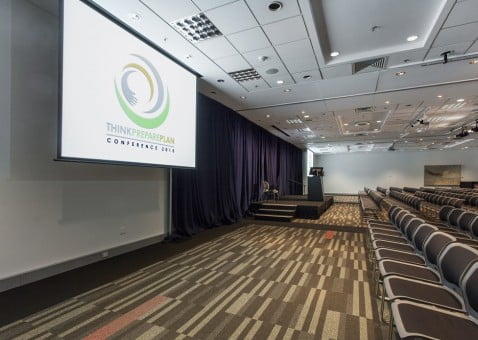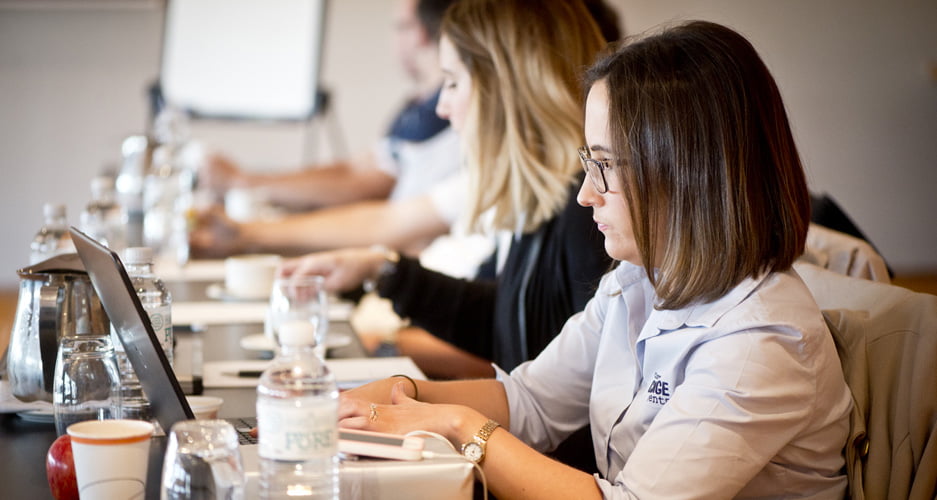When planning a conference, the agenda can make a huge difference in the attraction, participation and satisfaction of your delegates. This article will give you 10 important steps to work through to structure a great conference agenda.
Step 1: Set your objectives
What is the purpose for staging your conference? What would you like delegates to gain out of the experience? It is important here to do your research so you know your conference is catering for a need within your market. For example, it may be educational to provide an up-skilling opportunity for employees in the industry.
Step 2: Define your target audience
Who are your objectives aimed at? Who do you want to attend? What are effective ways of reaching and engaging with your desired delegates? These are important questions to answer to then be able to promote the conference and also structure the agenda. For example, if you’re planning a conference for personal trainers, you may wish to feature some physically active sessions.
Step 3: Understand your budget
Knowing and understanding your financial capabilities and limitations from the outset will create efficiency in planning the agenda. You will quickly know what is and isn’t possible due to cost or how much you may need to raise through sponsorship or exhibitors (see Step 10).
Step 4: Create a theme
Incorporating a theme can have a positive impact on the culture of the conference. A theme that is aligned with your main objective will help to communicate to your target market what the conference is all about. It can also assist in the visual decoration and design of your sessions and social events.
Step 5: Establish the duration
You would have established dates for the conference that work for your target audience, prospective venue/s and your organisation. Now it is important to consider how much time you have available for the conference and then work backwards in structuring the agenda. Start by filling your program with the essentials such as registration; welcome ceremonies; and, catering breaks.
Step 6: Shortlist the session topics
Come up with topics that will achieve the objectives established at the outset, and some different options on how they could be delivered. It’s important to have a mix of theoretical and experiential learning, so why not try some ‘traditional listen-to-a-speaker’ sessions with some ‘outside the square’ participatory sessions.
Step 7: Confirm your speakers
Decide on speakers that will connect with your target audience; have the knowledge, experience and credibility to present on your shortlisted topics; and have charisma to keep your delegates interested and engaged. This is an opportunity to incorporate speakers with diverse delivery styles, which is important in a conference to keep the audience engaged and even play on all of their senses. For example, after a traditional speaking presentation, the next session could use song, video or a participatory activity. After this step, your shortlisted topics will become confirmed topics.
Step 8: Feature some breakouts
These are sessions held concurrently for smaller more intimate groups. It enables delegates to choose sessions that may suit them best. Breakout sessions can help generate networking, create a change of scenery and allow speakers to mix up their delivery styles.
Step 9: Have some fun
Delegates may not remember everything from a conference but generally they will recall their overall experience. Staging some social events is a great way to incorporate fun into your conference agenda without taking away from the learning aspect. For example, many conferences feature team building activities that can combine play, learning and networking all in one.
Step 10: Consider sponsorship and exhibitors
Having numerous people from the same market together in the one place at the one time is a commercial opportunity. You may wish to offer the opportunity to your delegates, your suppliers, your sponsors to exhibit their brand, products and services at the conference. This can also help you cover the costs of the conference and refine your overall budget.
If you work through these 10 steps, you will be well on your way to planning a great conference and one that is sure to leave a lasting positive impression on your delegates.
Rachael Ziccone is Conference & Events Manager for Corporate Challenge Events.





Recent Comments